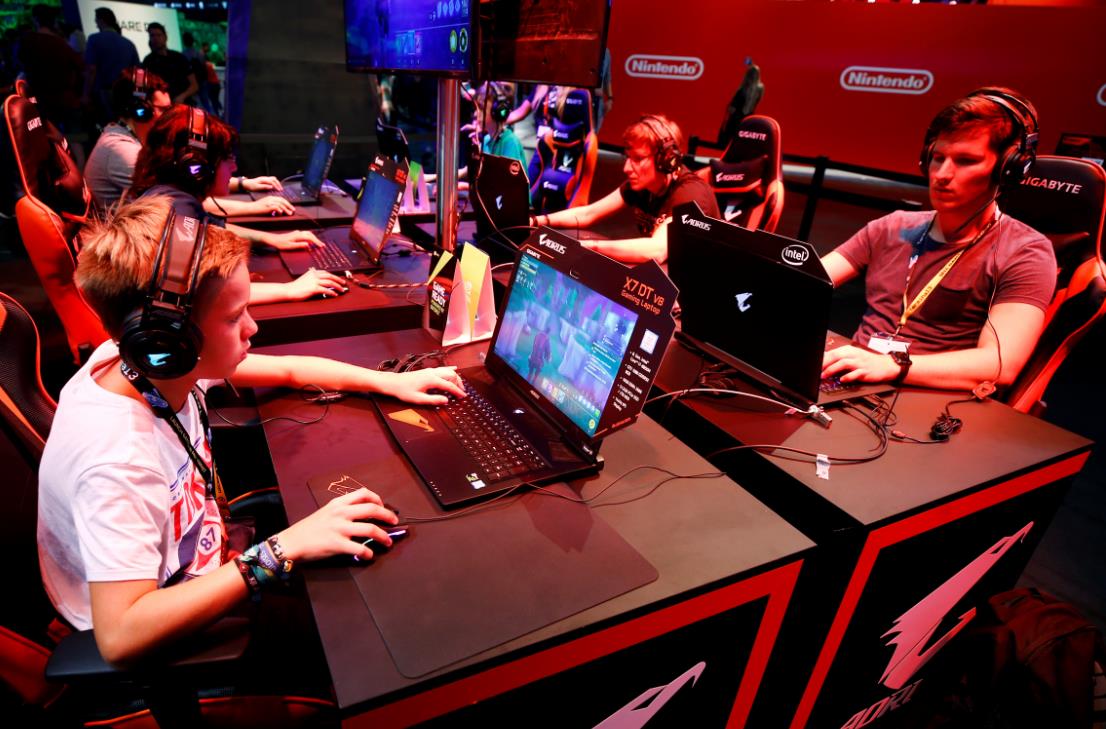
The kingdom of online multiplayer gaming has undergone a unsounded transmutation, evolving from solitary confinement adventures to complex guild-based experiences that nurture diverse social interactions. Over the past few decades, gambling has shifted from being a purely mortal pursuit to a social phenomenon, with massive online multiplayer games(MMOs) acting a exchange role in this evolution. This travel reflects not only advancements in technology but also a shift in how gamers interact, join forces, and establish communities within integer spaces. Today, multiplayer games have become a cornerstone of modern enculturation, offering an original blend of challenger, cooperation, and community edifice.
The Rise of the Solo Quest Era
In the early on days of video recording games, experiences were mostly solitary confinement. Gamers played alone, progressing through levels and complemental quests at their own pace. The simplicity of these games, with limited interaction between players, made solo play the norm. Titles like Super Mario Bros. and The Legend of Zelda offered players the chance to research talkative worlds, lick puzzles, and defeat enemies, but all of this was done alone, with no need for connection with other players. Online pakgames login as we know it today was in its infancy, and few games allowed fundamental interaction beyond single-player modes.
As engineering advanced, particularly with the advent of the internet, play began to evolve. Games such as Doom and Warcraft in the 1990s introduced staple online multiplayer features, allowing players to and contend against each other. However, these early on multiplayer games were limited in telescope and complexity, often just providing players with the power to combat one another in isolated scenarios rather than fosterage deep, ongoing relationships.
The Emergence of MMOs: Guilds and Socialization
The real shift toward collaborative, order-based experiences came with the rise of solid multiplayer online(MMO) games in the early 2000s. Titles like World of Warcraft, EverQuest, and Guild Wars brought stallion realistic worlds to life, where players could interact with hundreds or even thousands of others at the same time. These games offered talkative environments where players could join forces to take on quests, dungeons, and battles that needful teamwork and strategy.
MMOs introduced the conception of in-game guilds social groups or organizations where players could join together to achieve green goals. The order system of rules noticeable a turn target in online gambling, emphasizing cooperation, , and community edifice. These guilds often became microcosms of the real earth, offer players a direct to spirt friendships, share experiences, and join forces toward divided objectives. For many, online guilds became a second syndicate, with players outlay hours each day bonding over in-game achievements and challenges.
The social prospect of MMOs was not express to in-game play. Voice communication platforms like Ventrilo, Teamspeak, and Discord emerged as requisite tools for guilds, allowing players to strategize, socialize, and in real-time. These platforms further strengthened the sense of community, making online multiplayer experiences more immersive and interactive.
The Evolution into Social Platforms: The Role of Multiplayer Games in Modern Socialization
As the gaming earthly concern continued to germinate, multiplayer games began to blur the line between entertainment and social networking. Games like Fortnite, Minecraft, and Among Us introduced new mechanism and styles of play that prioritized interaction and collaboration. Rather than being restrained to strict, pre-defined objectives, these games allowed players to produce their own experiences, furthering the sheer of games becoming digital spaces for socialization.
For example, Fortnite became more than just a battle royale game; it changed into a realistic mixer hub. Events like in-game concerts, motion picture screenings, and collaborative challenges turned Fortnite into a coming together point where players could come together to experience appreciation moments. Likewise, Minecraft has become a platform for creating and sharing custom worlds, with players building everything from work out cities to entire replicas of real-world landmarks, all while interacting and share-out with others.
These shifts have played a considerable role in modern font socialisation, particularly for junior generations. Multiplayer play has become a space for populate to meet new friends, stay in touch with old ones, and even form romantic relationships. In many ways, these digital interactions are as substantial as face-to-face acculturation, offer a tear down of connectivity and involvement that transcends geographic limitations.
The Future of Online Multiplayer Games: A New Era of Social Connectivity
Looking out front, the role of online multiplayer games in formation socialisation will only continue to grow. With the of virtual reality(VR) and augmented world(AR), the next generation of games promises to volunteer even more immersive and synergistic mixer experiences. The metaverse a concept that blends realistic worlds, digital assets, and sociable interaction is also on the horizon, and online games will likely play a crucial role in its development.
In termination, the phylogenesis of online multiplayer games from solitary quests to complex club adventures has had a unsounded bear on on how people socialise and build communities. These games have not only revolutionized gambling itself but also reshaped the way we interact with others in a whole number earth. As gambling technology continues to throw out, the role of online multiplayer games in modern font socialization will only become more substantial, providing new opportunities for , collaboration, and -building in ways antecedently inconceivable.
